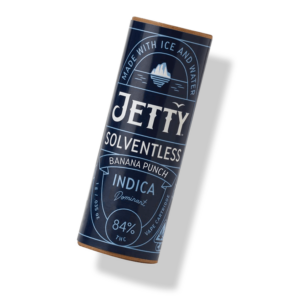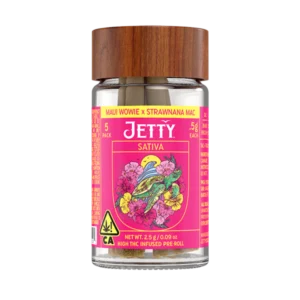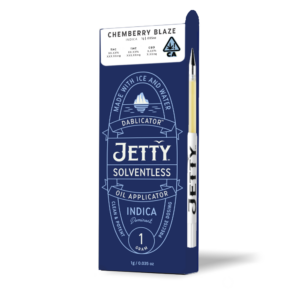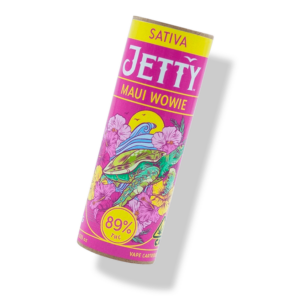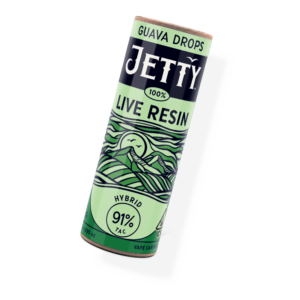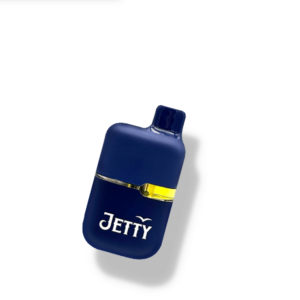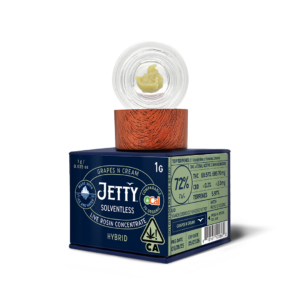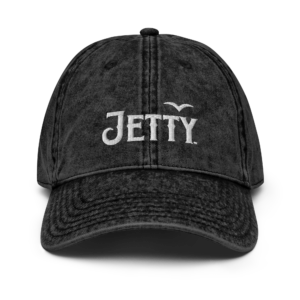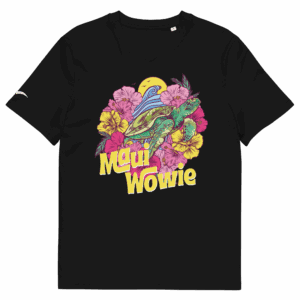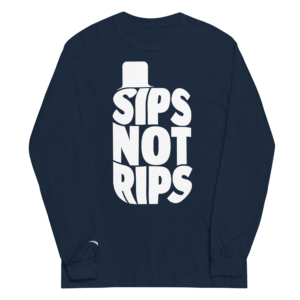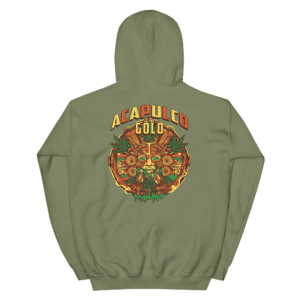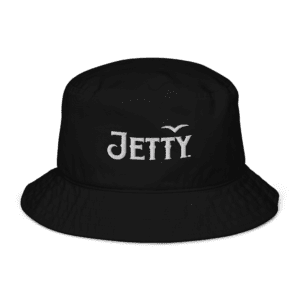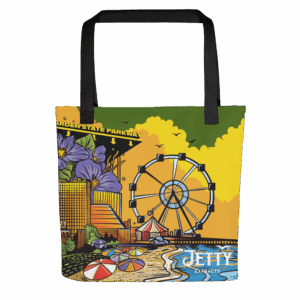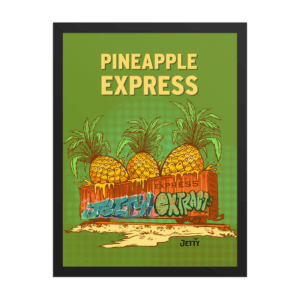- Products
Shop by Type
Shop by Collection
The stickiest, frostiest buds made into your favorite Live Rosin and Live Resin extracts. - Shop
Shop
Find a demo near you for exclusive discounts, product information, free Jetty swag and more! - Merch
Shop by Category
- Learn
LEARN
Learn more about Shelter Project and our Compassion Strains supporting non-profit partners.
- Blog
- Partners
Partners
JETTY STORIES
Lorem ipsum dolor sit amet, consectetur adipiscing elit, sed do eiusmod tempor incididunt ut labore et dolore
magna aliqua. Ut enim ad minim veniam, quis nostrud. You can see our full line up here.
magna aliqua. Ut enim ad minim veniam, quis nostrud. You can see our full line up here.
October 20, 2022
Posted in Education
SHARE THIS
Share on facebook
Share on linkedin
Share on twitter
While cannabis is often used synonymously with the powerful marijuana plant, the umbrella term can also refer to hemp. As both hail from related species, learning the significant differences between the two can be surprising. However, it is important to note the right cannabis product for a given individual. Very simply, marijuana is known for its high content of THC, as used for infused preroll in California, while hemp has very little. A more thorough exploration is needed to make informed consumer decisions.
In Agriculture
Originating in East Asia, marijuana as a crop has been around for thousands of years. Modern products hail either from the species Cannabis sativa L. or Cannabis indica, both of which are grown predominantly for their buds or flowers. Hemp is another version of Cannabis sativa. The flowers are valued, as with marijuana, but only or producing CBD products. Unlike marijuana, most of the hemp plant can be put to use. The seeds are often harvested to make hemp seed oil, and the strong and fibrous stalks can be used in the textile industry. In some cases, hemp can be used for biodiesel. The hemp plant can further be used in the manufacture of paper products, materials for construction, skincare and beauty goods, and even personal health supplements.
THC
Marijuana and hemp contain the same genes, but those relating to tetrahydrocannabinol, or THC, are expressed very differently. Cannabigerol, known as the “mother of all cannabinoids,” is present in both plants. The key process is how this compound is converted. In hemp, virtually all CBG is genetically “told” to convert to CBD,or cannabidiol. In marijuana, though, large amounts of CBD are chemically converted to the psychoactive compound THC. As a result, THC is the most prevalent cannabinoid in marijuana, which gives it the notorious mind-bending allure. To qualify as marijuana, the active ingredient in preroll in California and solventless preroll in California, a plant must demonstrate a THC level greater than .3% in dried weight.
Interestingly, the THC that lends marijuana its claim to fame largely turns into CBN or cannabinol as it ages and degrades. CBN is one of many cannabinoids and has been found to have a sedative effect.
CBD
Cannabidiol, or CBD, is the main cannabinoid component present in hemp, making it a prime source of CBD oil. Marijuana contains varying levels of CBD, with some strains cultivated specifically to offer both high CBD and THC content. THC content, however, cannot be cultivated as an extra desirable boost for hemp-derived products. Choosing the appropriate CBD-rich product depends on whether an individual prefers an accompanying level of THC, known to enhance the therapeutic nature of CBD in goods like infused preroll in California.
Delta 8 THC
Though THC is only minimally available within the makeup of hemp, a variant called Delta 8 can be indirectly derived. Extracted CBD originating in hemp can be further processed to form an isolate or distillate. This CBD is then converted to Delta 9 THC, the potent form found in abundance in marijuana, which is then synthesized to create Delta 8.
In recent years, Delta 8 has gained recognition as a milder, more relaxing alternative to Delta 9. It is psychoactive but offers users less mind-altering and intensely foggy heady effects, producing a more smooth and body-based high. There is also evidence that Delta 8 boosts appetite and helps treat pain. As illustrated, Delta 8’s strong suits are largely the same characteristics that attract users to mellow Indica strains.
Legality
The legality of marijuana and hemp has been a hot topic for quite some time, especially as federal and state laws differ. Marijuana is technically illegal under federal law, even as cannabis is no longer considered a heavily controlled substance. This means everything between the consumption, possession, growing, sale, and moving of the plant is illegal at this level of the government.
There are, however, many states within the US that have decided to deem the plant legal. Residents in the majority of states across the country can use the plant medicinally, and 18 states currently allow for both medical and recreational purchases. In these areas, all marijuana commerce, including preroll delivery in California, is permitted.
Conversely to marijuana, hemp is legal on the federal level, in accordance with the Farm Bill of 2018. Once considered a controlled substance like marijuana, the range of uses for the plant has convinced federal government officials to deem the crop a natural commodity for the public. Included in the Farm Bill is that all derivations of hemp are also permissible under federal law. This means that even Delta 8 THC produced from hemp falls under the umbrella category. As the notorious Delta 9 variant is only present in hemp at a concentration of less than .3%, THC products based on hemp are considered safe.
However, the Drug Enforcement Administration has argued that ‘synthetic’ Delta 8 should be illegal at the federal level. This is largely refuted, though, as the extraction process is based on plant matter and chemicals that occur in nature. The strange result, quite the opposite of marijuana, is that Delta 8 is federally recognized as permissible, while 18 states across the US have deemed it illegal.
Due to the strange legal status of cannabis between locations across the country for both marijuana and hemp, it is imperative to be familiar with local laws before partaking in personal use. This rings especially true of use between states during travel.
Related
Education
Popular
November 12, 2025
October 25, 2025
September 29, 2025
September 28, 2025
Related

VAPE
The cleanest, most flavorful extracts made without ever touching a chemical. Made with just ice and water.
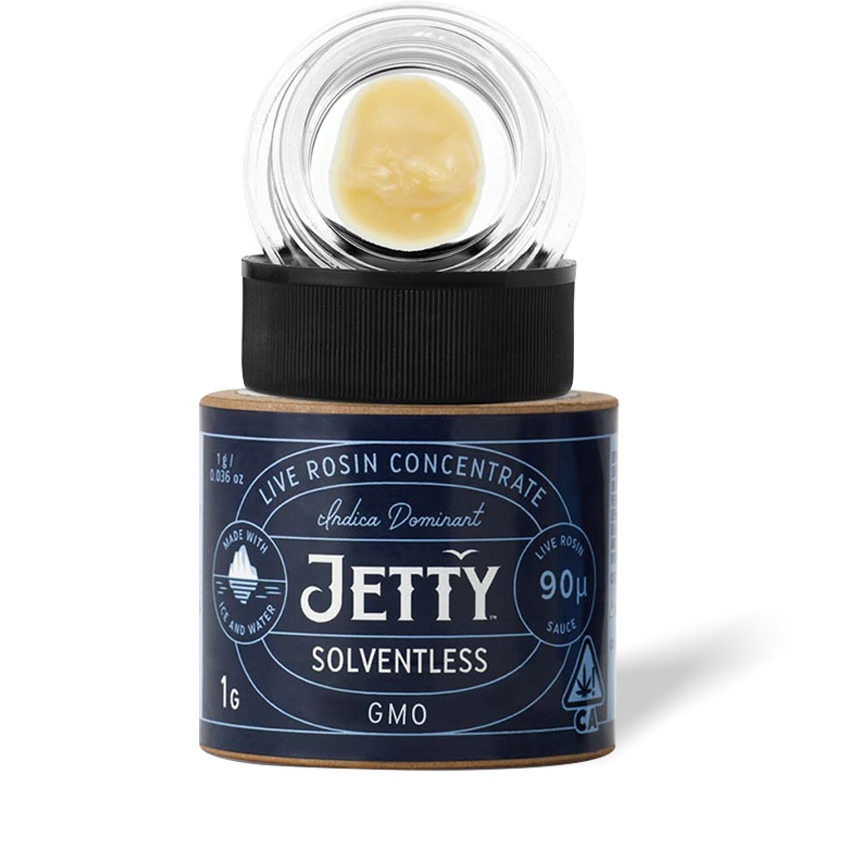
SOLVENTLESS
Solventless, Live Resin, and High THC vapes. The most discreet and convenient way to smoke
Sign Up for a
Chance to Win $500
Lorem ipsum dolor sit amet,
consectetur adipiscing elit
consectetur adipiscing elit
Sign Up for a Chance to Win $500
Lorem ipsum dolor sit amet,
consectetur adipiscing elit
consectetur adipiscing elit
